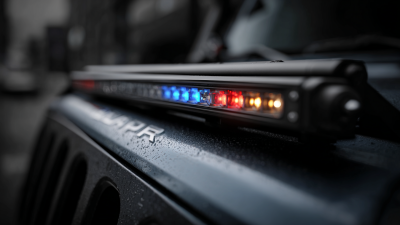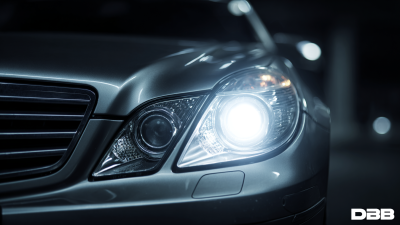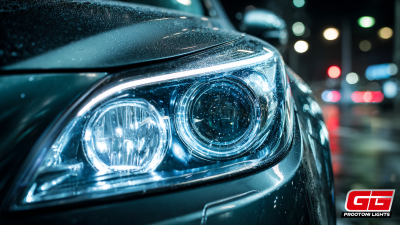When it comes to enhancing your vehicle's visibility and style, choosing the right LED light bar is essential. Not only do these powerful lighting solutions provide superior illumination for nighttime driving and off-road adventures, but they also come in various designs and efficiencies suited for different needs. Understanding how to select the perfect LED light bar based on brightness and efficiency can significantly impact your driving experience.
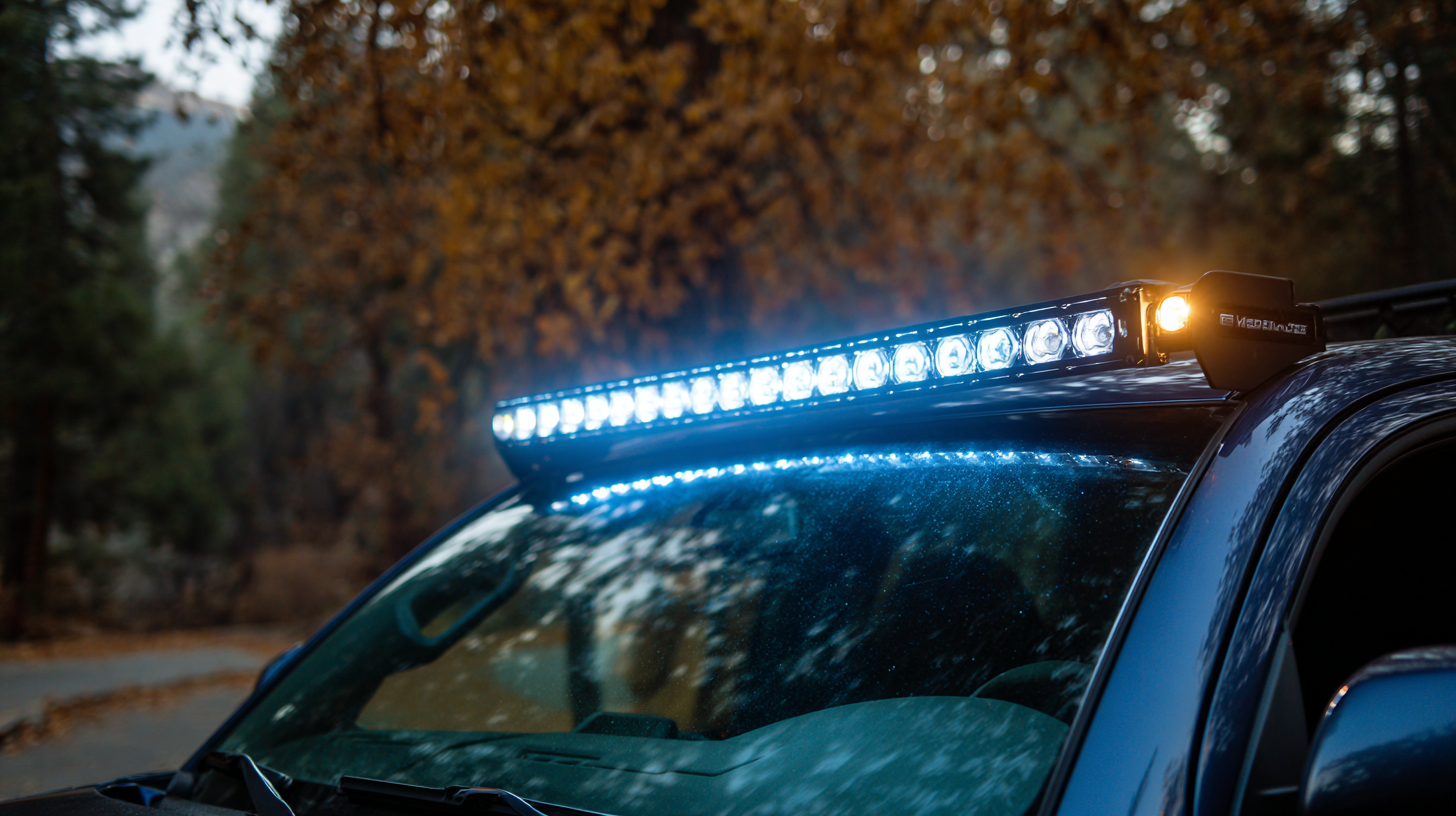 Factors such as lumens, beam patterns, and power consumption should all be taken into consideration to ensure you get the best value and functionality from your investment. In this guide, we will explore the critical aspects that help you make an informed decision, ensuring your LED light bar not only meets your aesthetic preferences but also enhances safety and performance on the road.
Factors such as lumens, beam patterns, and power consumption should all be taken into consideration to ensure you get the best value and functionality from your investment. In this guide, we will explore the critical aspects that help you make an informed decision, ensuring your LED light bar not only meets your aesthetic preferences but also enhances safety and performance on the road.
When selecting an LED light bar for your vehicle, understanding brightness is crucial. The lumen output of an LED light bar directly influences visibility, especially in low-light conditions. Higher lumens translate to a brighter light, allowing for better clarity and safety while driving at night or in adverse weather. Typically, drivers should consider their primary use—whether that be off-roading, road driving, or work-related tasks—as different activities require different levels of brightness.
Moreover, efficiency plays a pivotal role alongside brightness. As the market experiences increased competitiveness, innovations in LED technologies have emerged to enhance performance without sacrificing energy consumption. Choosing a light bar that balances high lumen output with energy efficiency ensures prolonged usability and lower operational costs. By taking both brightness and efficiency into account, drivers can make informed decisions that meet their visibility needs while remaining budget-conscious.
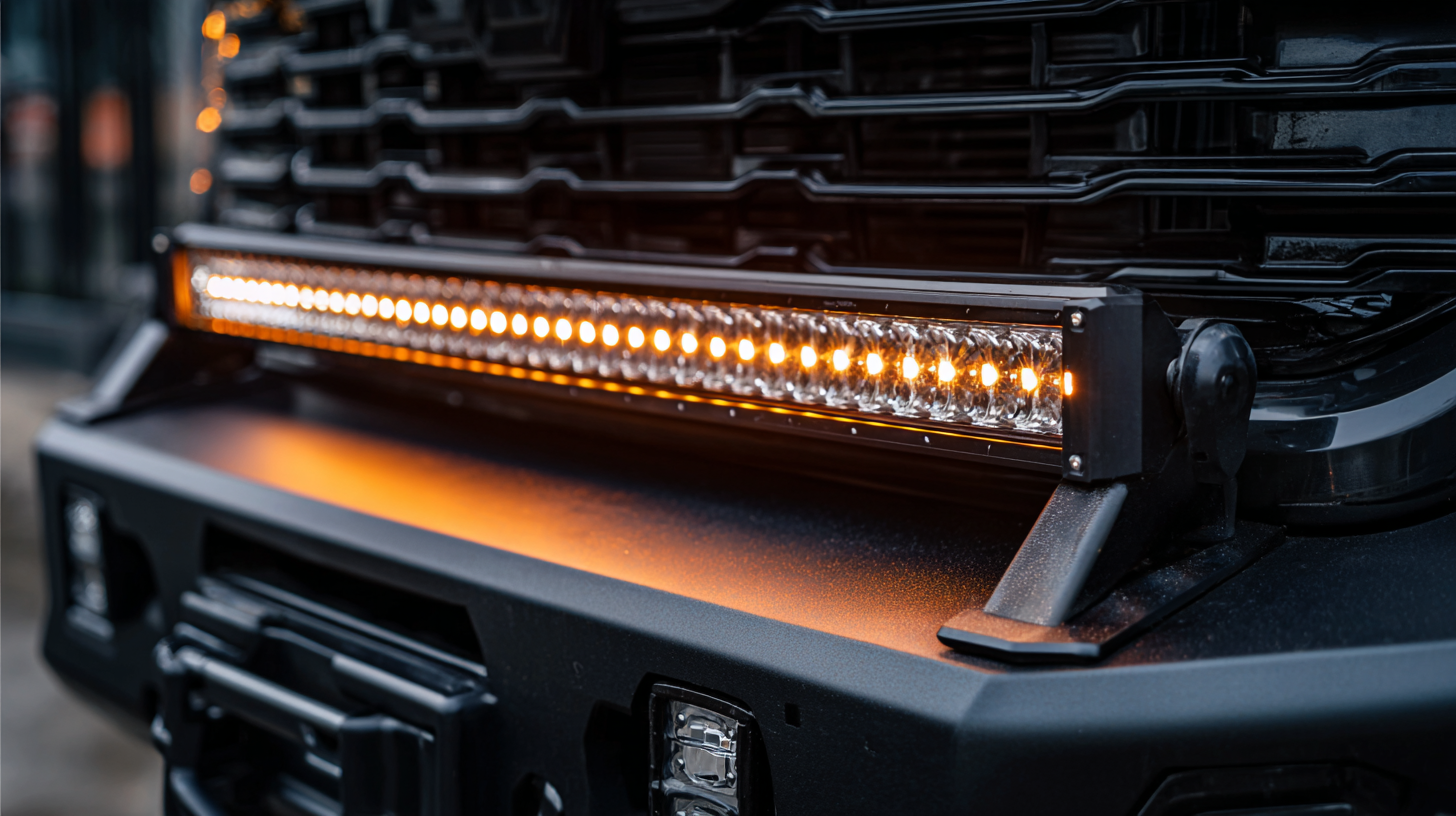
When choosing an LED light bar for your vehicle, understanding LED efficiency ratings is critical. Efficiency is often measured in terms of watts and lumens per watt (lm/W). A higher lumen output indicates greater brightness, while the wattage represents energy consumption. According to the U.S. Department of Energy, modern LED light bars can achieve over 100 lumens per watt, significantly outperforming traditional halogen lights, which typically offer only 16 to 24 lumens per watt. This translates to brighter and more efficient pathways, making driving safer, especially in low-light conditions.
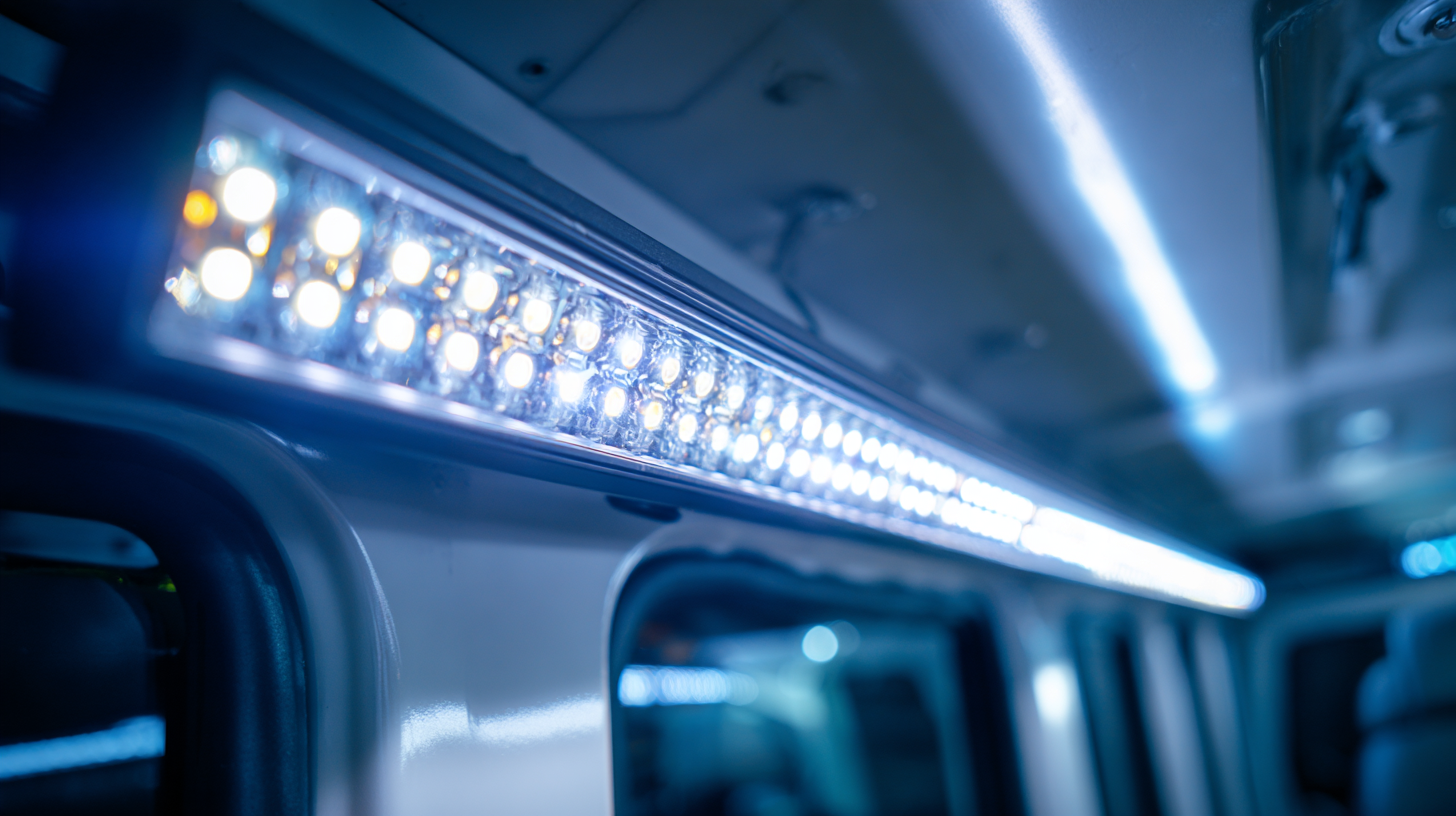
Evaluating these ratings is essential not only for performance but also for cost savings. For instance, a 100-watt LED light bar emitting 10,000 lumens utilizes a fraction of the energy of a comparable halogen setup, which may require 400 watts for similar brightness. This shift not only reduces fuel consumption when the vehicle is running but also decreases the frequency of battery drainage issues, enhancing the overall longevity of your vehicle's electrical system. By considering both brightness and efficiency ratings like lumens per watt, drivers can choose the perfect LED light bar that meets their needs while promoting sustainable practices.
When selecting the ideal LED light bar for your vehicle, understanding the differences in beam patterns—spot and flood—is critical for optimizing performance. Spot beams are designed to focus light into a narrow, concentrated area, making them perfect for long-distance visibility. According to a study by the Society of Automotive Engineers, spot lights can reach distances up to 600 meters, which is essential for off-road driving and navigating dark terrains. This focused beam can significantly enhance visibility in remote areas, allowing drivers to spot obstacles well in advance.
On the other hand, flood beams provide a wider area of illumination but with less intensity. This beam pattern is particularly beneficial for providing peripheral visibility, which is essential for maneuvering in tight spaces or during low-speed tasks. Research from the International Light Association indicates that flood lights improve reaction times by up to 22% in low-light conditions, making them invaluable for work environments. Many LED light bars offer a combination of both beam patterns, allowing users to switch between spot and flood settings based on their needs, thus enhancing overall efficiency and safety on the road.
When selecting the ideal LED light bar for your vehicle, understanding the quality of LED chips is essential, particularly the dominance of certain brands in the market. High-performance LED chips significantly influence both brightness and efficiency, contributing to superior lighting solutions. Leading manufacturers have established themselves by consistently delivering high-quality products that meet rigorous performance standards. This has been underscored by recent market analyses highlighting how certain companies have shifted strategies to focus on enhancing their core offerings, thereby integrating superior technology into automotive lighting.
Recent trends also indicate a robust growth trajectory in the automotive LED sector, with projections suggesting an increase in market demand driven by innovation and improved efficiency. Leading brands are optimizing their product portfolios to cater to evolving customer needs, ensuring that their offerings stay relevant and competitive. Such developments not only bolster the visibility and safety of vehicles during night driving but also enhance the overall aesthetic appeal, making the right choice of LED light bar a critical consideration for vehicle owners.
| LED Chip Quality | Brightness (Lumens) | Efficiency (Lumens/Watt) | Lifespan (Hours) | Heat Dissipation |
|---|---|---|---|---|
| High Quality | 12000 | 120 | 50000 | Excellent |
| Mid Quality | 8000 | 100 | 30000 | Good |
| Low Quality | 4000 | 80 | 20000 | Fair |
When selecting an LED light bar for your vehicle, understanding the significance of color temperature is crucial for enhancing nighttime driving safety and comfort. Color temperature is measured in Kelvin (K) and indicates the hue of the light emitted by the LEDs. Generally, lower temperatures (around 3000K) produce a warm yellow light that can be easier on the eyes, reducing glare during extended nighttime driving. Conversely, higher temperatures (around 6000K or more) emit a cooler, bluish light that can provide better visibility in specific conditions, such as fog or heavy rain.
However, the ideal color temperature also depends on the driving environment and personal preferences. A light bar with a color temperature in the range of 4000K to 5000K is often recommended for general use, offering a balance between clarity and comfort. This range is bright enough to illuminate the road effectively while minimizing eye strain. Additionally, it's essential to consider the light bar's efficiency. More efficient models will provide better illumination with less power consumption, contributing to an overall improved driving experience and longer-range visibility without compromising safety.
This chart compares the brightness and efficiency of various LED light bars, emphasizing their performance in nighttime driving conditions. Higher brightness contributes to better visibility, while efficiency indicates the output per unit of power consumed.
